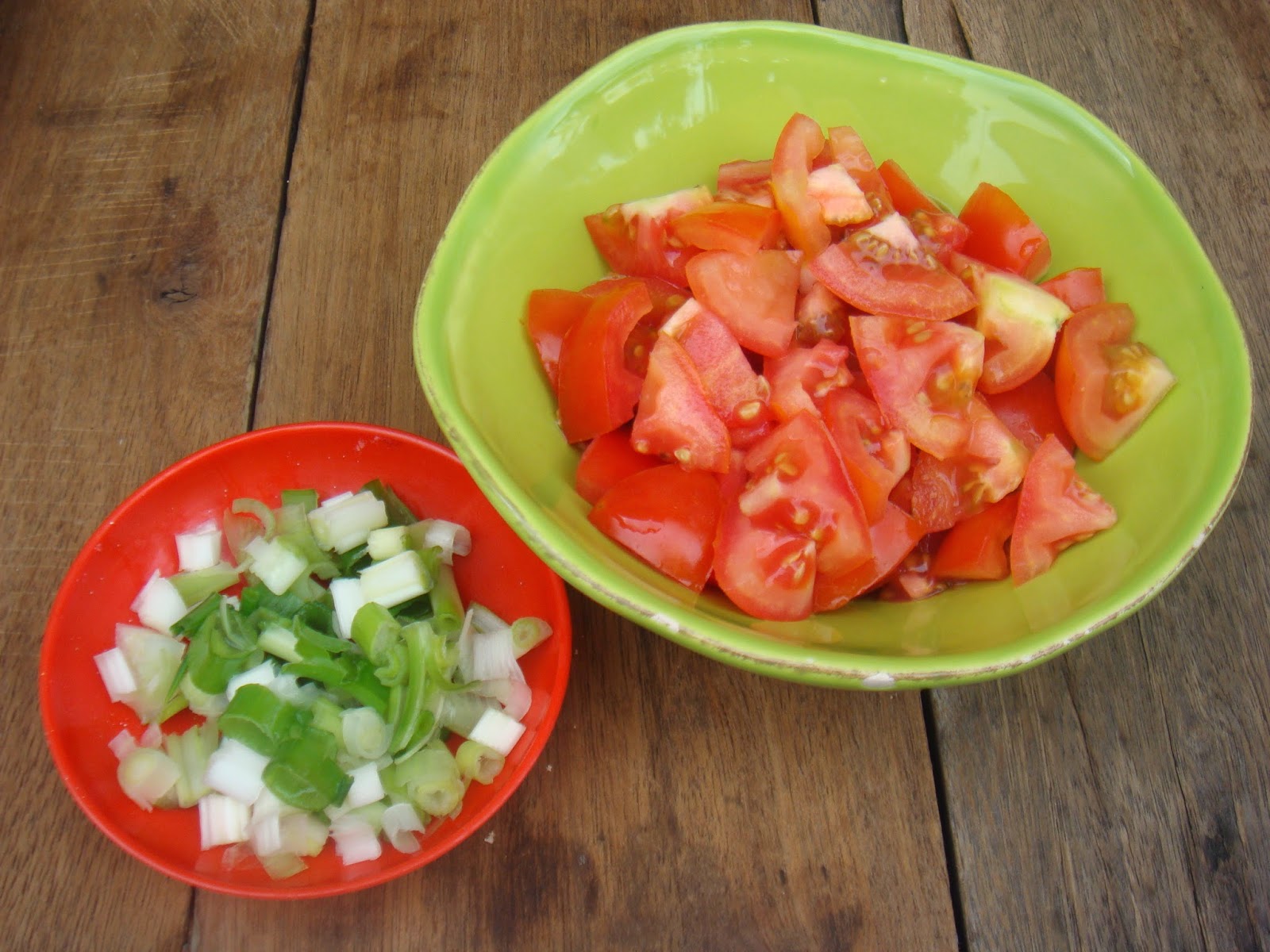Pastel de Pollo,also known as simply pastel literally translates to 'chicken pie’. Pastel in Spanish means ‘pie’, Pollo means ‘chicken’. This is my chickenless version of this classic Spanish savory pie dish. I serve pastel with or without crust. The origin of pastel de pollo can be traced to Egypt. After the Muslim conquest in 641, Egyptians were forced by the Muslims to eat meat and poultry. So Egyptians started to include little pieces of meat, chicken, rabbit, etc in their bread and pastry.
Before that, ancient Egypt was purely vegetarian. Their diet was originally made of fava beans, bread baked from wheat, oats, rye and barley, rice, honey, eggplant, tomatoes and other vegetables.
Even today, majority of Egyptian population rely heavily on beans, grains and vegetables. Meat has been very expensive for most Egyptians throughout history.
The Greeks adopted the meat/chicken pie from the Egyptians. The Romans tasted it and adopted it from the Greeks. Soon it spread to Medieval Europe and onto Spain. Spain introduced it to us.
Here is my recipe of pastel.
Ingredients:
3 c potatoes
1 1/2 c carrots (cubed, fried)
2 c gluten, veggie meat or veggie choplet (cubed, fried)
1 c veggie hotdog or sausage (sliced Or cubed, fried)
1/2 c tofu or tokwa (cubed, fried)
1 c button mushroom (sliced)
1/2 c frozen peas
1 block cheese (grated), 175 gms
1 pack all purpose cream, 250 ml
1 big can evaporated milk
2 Tbsp leeks or spring onions
seasoning, salt
Procedure:
1. Saute leeks or spring onions in oil. Add evaporated milk and cheese. Simmer.
2. Add all ingredients. Simmer till flavors blend.
3. Remove from heat. Serve.
Crust:
1 1/2 c all purpose flour
1 1/2 c all purpose flour
1/2 block butter
5-8 Tbsp water
salt
PLEASE SHARE:























